The Commercial Auto Insurance Market is currently characterized by a dynamic competitive landscape, driven by factors such as technological advancements, regulatory changes, and evolving customer expectations. Major players like State Farm (US), Progressive (US), and Geico (US) are strategically positioning themselves through innovation and digital transformation. For instance, State Farm (US) has been focusing on enhancing its digital platforms to improve customer engagement and streamline claims processing. Meanwhile, Progressive (US) emphasizes its usage-based insurance models, appealing to a growing segment of cost-conscious consumers. Collectively, these strategies not only enhance customer satisfaction but also intensify competition among these key players, as they vie for market share in an increasingly digital environment.
The market structure appears moderately fragmented, with several key players exerting significant influence. Business tactics such as localized service offerings and supply chain optimization are becoming increasingly prevalent. Companies are adapting to regional market demands, which may involve tailoring products to meet specific local needs. This localized approach, combined with the competitive strategies of major players, contributes to a complex market structure where both large and small insurers can coexist, albeit with varying degrees of market power.
In August 2025, Progressive (US) announced a partnership with a leading telematics provider to enhance its usage-based insurance offerings. This strategic move is likely to bolster Progressive's competitive edge by providing more personalized pricing models based on real-time driving behavior. Such innovations not only cater to the growing demand for flexible insurance solutions but also position Progressive as a forward-thinking leader in the market.
In September 2025, Geico (US) launched a new AI-driven claims processing system aimed at reducing the time taken to settle claims. This initiative reflects Geico's commitment to leveraging technology to improve operational efficiency and customer experience. By streamlining claims handling, Geico may enhance customer loyalty and attract new clients, thereby reinforcing its market position amidst increasing competition.
In October 2025, State Farm (US) unveiled a sustainability initiative focused on reducing its carbon footprint through eco-friendly vehicle insurance options. This strategic action not only aligns with global sustainability trends but also appeals to environmentally conscious consumers. By integrating sustainability into its core offerings, State Farm is likely to differentiate itself in a crowded marketplace, potentially attracting a new demographic of clients who prioritize eco-friendly practices.
As of October 2025, the competitive trends in the Commercial Auto Insurance Market are increasingly defined by digitalization, sustainability, and the integration of artificial intelligence. Strategic alliances among companies are shaping the landscape, fostering innovation and enhancing service delivery. Looking ahead, it seems that competitive differentiation will evolve from traditional price-based competition to a focus on technological innovation, customer-centric solutions, and supply chain reliability. This shift may redefine how companies engage with their customers and compete in the marketplace.



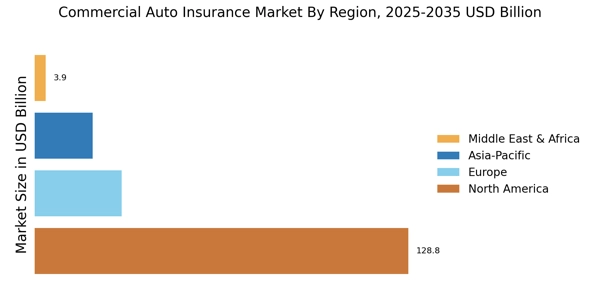
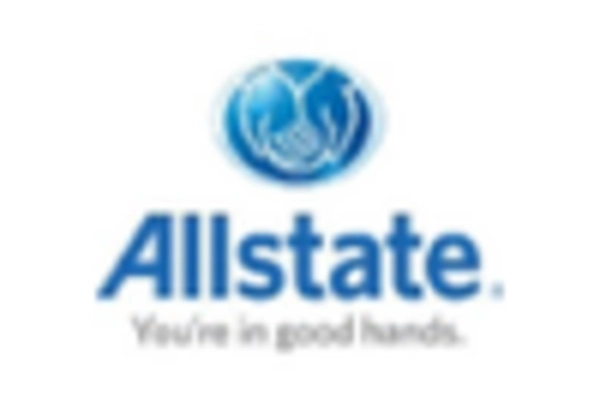
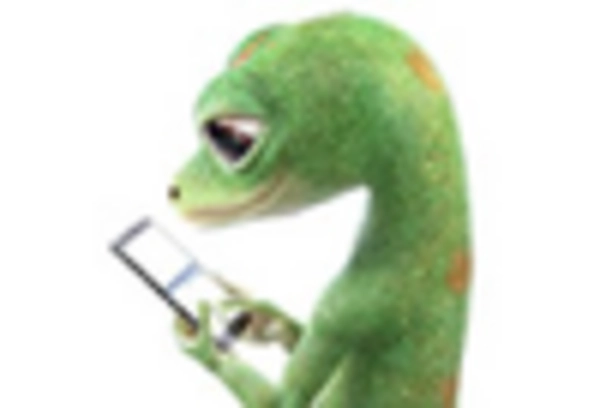
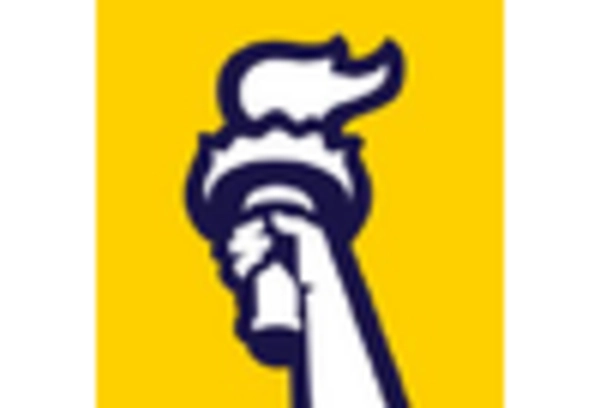
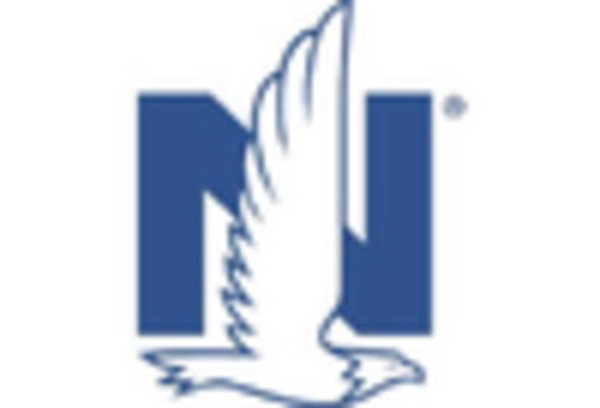
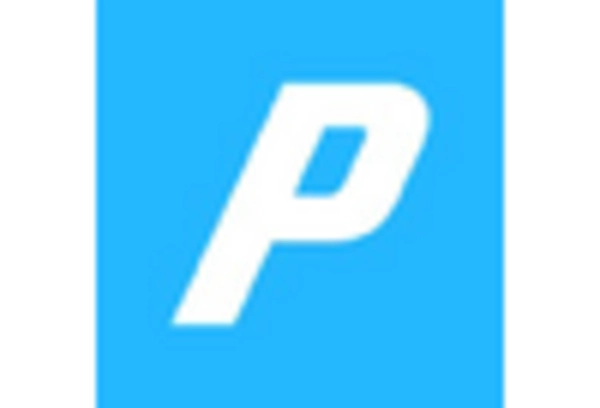









Leave a Comment